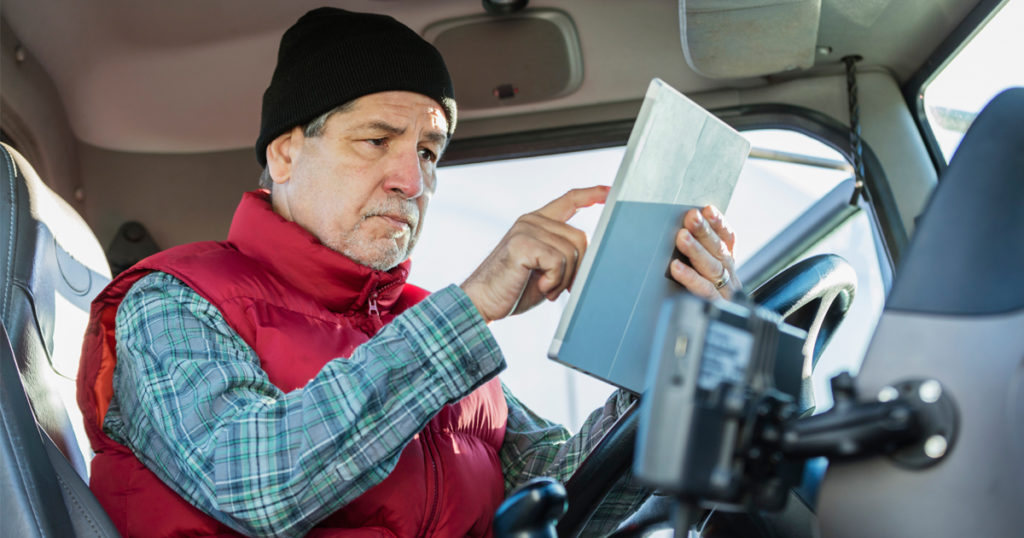

Read more about it on the FMCSA’s page here.Īll drivers in the United States are required to follow these rules.
Personal conveyance ticket driver#
Related > 7 Things You Need To Know About Your First Year as a New Truck Driver AOBRDs, Electronic Logging Devices, and How they Relate to DOT Hours of Service AOBRDsĪutomatic On-Board Recording Devices (AOBRDs) are essentially any log-recording device that does not meet the US standard for an Electronic Logging Device (ELD).ĪOBRD’s have been around since the 1980s and were grandfathered into the December 18, 2017, ELD mandate for the next two years. There have been multiple versions of these rules over the years, but the ones in effect today were finalized in 2013.Īlthough they have been regulated by other agencies in the past, the HOS rules are currently mandated by the Federal Motor Carrier Safety Administration (FMCSA), an agency within the United States Department of Transportation (DOT or USDOT). The DOT Hours of Service (HOS) has been around for a long time. These rules cap the number of hours a driver can be on the road in any given duty cycle so that–in theory–tired drivers are given enough time to rest, eat, sleep, and otherwise be refreshed before they get back on the road.

Since each driver is legally responsible for his own logs, it is worth brushing up on the rules to remain compliant and keep your compliance, safety, and accountability (CSA) scores up.)

(Whether these rules do their job or not is up for debate, but the fact is that it looks like they are here to stay. The point of the Hours of Service (HOS) regulations is to keep tired drivers off the road. So, let’s get right into it… What is the Purpose of DOT Hours of Service Regulations? This also cuts through some of the “alphabet soup” that comes along with these rules (you know what I’m talking about: ELD, AOBRD, EOBR, FMCSA, DOT, RODS, etc.). This will give you a practical overview of how they work. We’re going to cover the basics of HOS regulations. Chances are if you’ve been in the trucking industry for even just a little while, you’ve heard of Hours of Service (HOS).


 0 kommentar(er)
0 kommentar(er)
